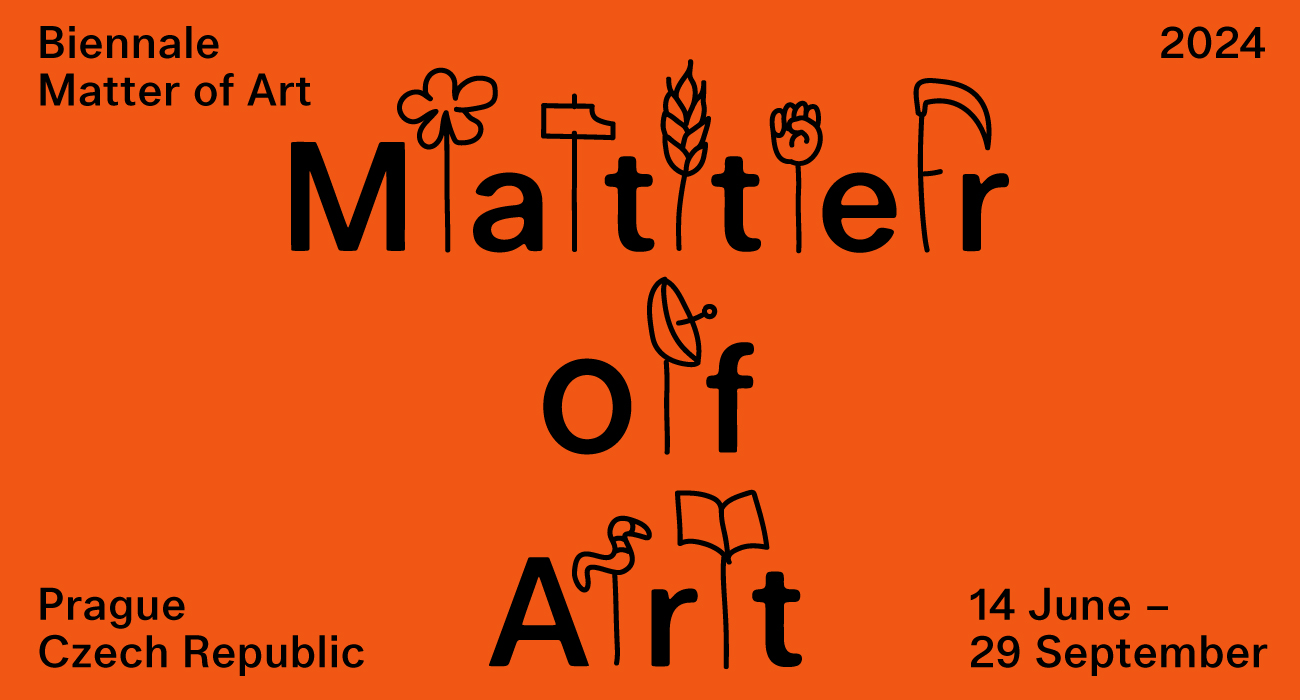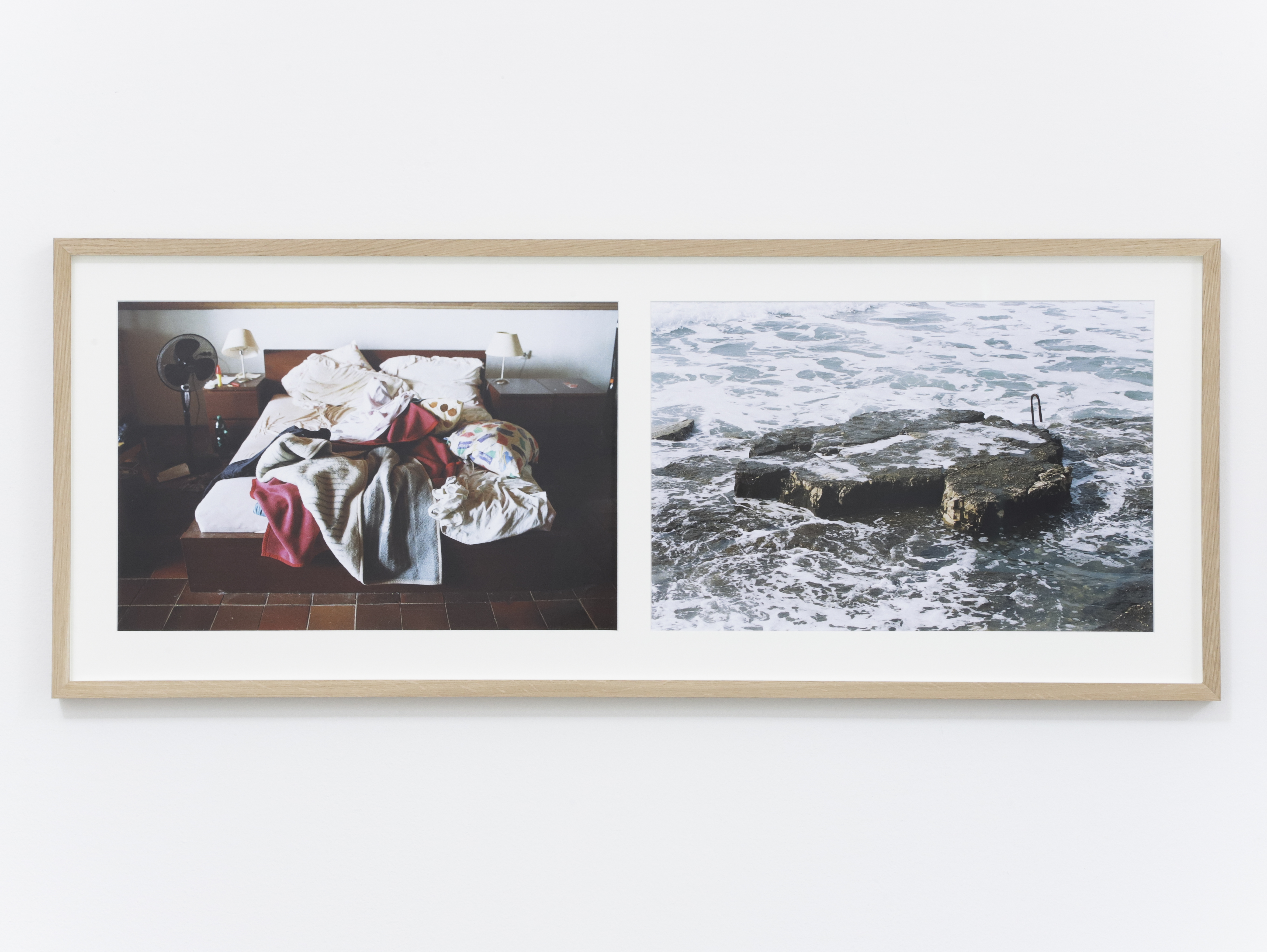Artist: Tadej Vaukman
Title: San Lorenzo
Curator: Tevž Logar
Venue: RAVNIKAR GALLERY
Photos: Marijo Zupanov

Tadej Vaukman came onto the art scene over fifteen years ago when he took audiences aback with his candid photographs, which at first glance seemed to go on and on, but were discernible to the attentive viewer as extremely sensitive records of the artist’s time and space. The latest exhibition San Lorenzo undoubtedly continues the same principle of the artist’s thematic and formal engagement but should in the same vein also be understood as the final part of a trilogy that completes Vaukman’s intimate reflection, which he shared with the public through the projects Dick Skinners and Grandheroes.




Although these are two very different projects in visual terms, it is clear that the artist’s method of observing time and space remains the same. If the accounts of Vaukman’s friends in the Dick Skinners series are uncompromising, direct, raw and sometimes violent, the Grandheroes series is a poetic record of the artist’s grandparents, the transience of relationships and his own coming of age. The way in which these two projects interrelate creates tension in the viewer and shows that Vaukman always defines his time and space of intimacy through the photographic lens. And the San Lorenzo series is no different. Here, the focus is no longer on the artist’s view of the other, be it a radical questioning of friendship or an elegiac gliding through the lives of grandparents, but on the intimate time and space in which the artist finds himself as the main subject of interest. As a kind of silent footnote, the title of the series bears witness to this. It refers to the village of the same name in Croatian Istria, where the artist spends a considerable amount of his intimate time, sometimes alone, sometimes accompanied by his partner and son.





Although Vaukman’s series are not conceived analytically, but above all very instinctively, they could be described as a kind of visual diary, as they contain all the elements that unreservedly make up the human experience. This is reflected by the unique diary form of the many artworks that came to the fore with the new tendencies of the post-war avant-garde and are still a current and highly relevant art form today. When we talk about the canvases of On Kawara, the drawings of Keith Haring, the whispering numbers of Roman Opalka, the photographed objects in hotel rooms by Sophie Calle, the individuals living outside established norms by Nan Goldin or the testimonies of everyday intimacy by Željko Jerman, it is always clear that this is not just an intimate observation of the artist’s everyday life, but a very subtle social and political record of a time and place. This is undoubtedly evident in Vaukman’s direct photographs, which mostly speak of his intimate living space, questioning the precarious status of the artist, touching on the experiences associated with home and family and the instability caused by imposed social circumstances that are often beyond the control of the individual. Whether it is the individual images, the performativity of the series, the fluidity of the image or the interplay of different formats that question the hierarchy of the image, it is always an intimate record filled not only with intimate personal thoughts and details of their artistic explorations but also a reflection of the world around them that directly blurs the line that separates art and life.








At a time when we are accompanied at every turn by countless images that are clearly far from authentic, it is imperative that we pause, take our time and steady our thoughts and feelings. Undoubtedly, Vaukman’s latest “bittersweet” series San Lorenzo is a moment in which this is possible, as in every gesture he creates a space of general social contradictions, between black-and-white and colour, the static and the moving, dark and light, pleasure and pain, fear and freedom, which takes the viewer out of their usual comfort zone. And it is precisely these relationships that of course also reflect the artist’s instinctive thoughts on art, everyday life and intimacy. The sometimes simple, sometimes complex image behind the shutter primarily refers to the way Vaukman observes or understands his surroundings, but at the same time reveals the artist’s personal involvement in summing up his direct experiences, including his inner conflicts and confrontations with the mechanisms within which he operates.
